Travel Tips
Japan Cooking & Food Guide for Tokyo, Osaka & Kyoto
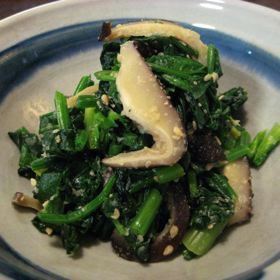 Experiencing a destination’s cuisine can be as easy as strolling through markets or hopping from one restaurant to another.
Experiencing a destination’s cuisine can be as easy as strolling through markets or hopping from one restaurant to another.
Add a regional cooking class to the mix, and you get to revisit your trip every time you recreate the dishes in your own kitchen.
Rachel Belle Krampfner investigates hands-on lessons in Japan’s culinary capitals.
When I travel, I like to see the world through my taste buds. The pulsing neon lights of Osaka’s Dotombori district dim when I’m toting a plate of hot-off-the-grill takoyaki, the city’s signature octopus dumplings served street side by competing vendors.
The city of Yokohama is a symphony of slurping as ramen lovers hang their heads over steaming bowls of slippery noodles.
In Tokyo, the freshest raw fish is expertly sliced and served for breakfast at the bustling Tsukiji Market.
Learn more with Off the Brochure Travel Guide: Tokyo, Japan.
But after you’ve tasted a city and strolled its colorful markets, the next logical step for a true food lover is to roll up your sleeves and get into the kitchen. In Tokyo and Kyoto there are a variety of English-language cooking classes, where travelers can spend an evening chopping and simmering with a seasoned home cook or a day in a professional kitchen learning the art of from-scratch soba noodles.
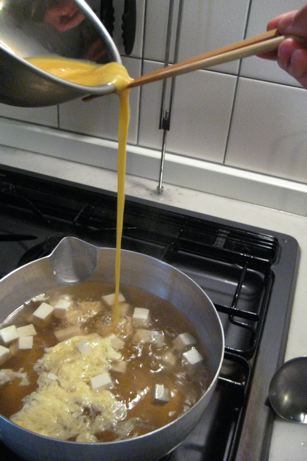 Mariko’s Kitchen – Kyoto
Mariko’s Kitchen – Kyoto
4,000 yen per person (about $44)
After spending several nights in a cramped hostel dorm room, Mariko’s warm, spacious home kitchen was a welcoming sight. Her focus is on fresh, seasonal ingredients and Kyoto homestyle cuisine and her small classes create a friendly and personal atmosphere.
We prepared homemade dashi, a fish and seaweed stock, which was transformed into a simmering soup, an addictive rice dish studded with chicken, local tofu and vegetables, a broiled fish course and a spinach sesame salad. As we crushed sesame seeds with a traditional Japanese style mortal and pestle, the sweet and soft-spoken Mariko answered our never-ending questions about Japanese cuisine and culture and sent us off with the recipes and a list of recommended bars and restaurants in the area. That is, after a dessert of slick persimmon slices and hot tea around her family’s kitchen table.
For more information, visit www.marikokitchen.blogspot.com or email marikokitchen @ gmail.com.
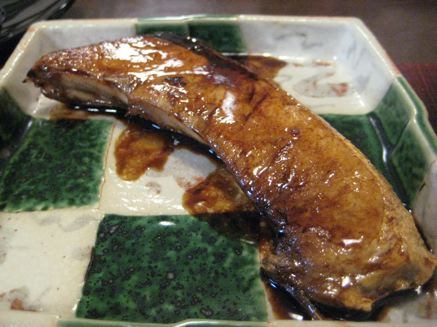 Uzuki Cooking School – Kyoto
Uzuki Cooking School – Kyoto
4,000 yen for dinner class (about $44); 2,000-3,000 yen (about $22-33) for sweet-making class
Emi Hirayama wants to show visitors the real Kyoto. To her, that means gathering around a hot stove, in her kitchen, with two to four food lovers and a pantry full of seasonal ingredients. In the spring you might be cooking up clams, simmered bamboo shoots with kinome miso sauce or discovering the unique texture of Kyoto’s famous soy milk skin. A special Japanese sweets-making course is also available. Hirayama wants foreigners to know that Japanese food is not just sushi and tempura.
“Home-cooked foods are different from restaurant dishes,” Hirayama says. “Some people mention, and I agree, that home-cooked foods tell a lot. It is the best way to get to know Japanese culture, history and the way of life.”
Looking for more great experiences in Japan? Don’t miss Finding Free and Cheap Travel Activities in Expensive Japan
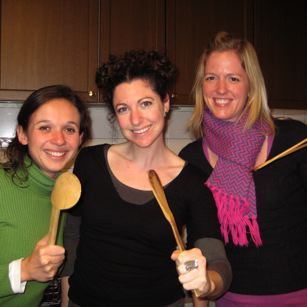 She says people are excited to discover what ingredients go into their favorite Japanese dishes, and to see how simple they are to recreate at home.
She says people are excited to discover what ingredients go into their favorite Japanese dishes, and to see how simple they are to recreate at home.
“I’m just a cooking lover, not a chef. I’d like to make my class a ‘happy cooking session.’”
For more information, visit www.kyotouzuki.com or email cooking @ kyotouzuki.com.
Tsukiji Soba Academy – Tokyo
Four-week professional course: 750,000 yen (about $8,440); Just-for-fun weekend class: 10,500 yen (about $118); Just-for-fun weekday class: 52,500 yen for 1-5 people (about $590)
Whether you’re a professional chef looking to take a month-long course or simply a soba-loving amateur with an afternoon to spare, the Tsukiji Soba Academy can hook you up. Under the guidance of the Academy’s master chef, Akila Inouye, you will learn to spin buckwheat flour into fresh, toothsome noodles that are slurped and celebrated all over Japan.
Learn more with Asian Culinary Vacations: Noodling Around in the East.
“Soba is a soul food for Japanese and it has awesome nutritional sustenance. I’ll be happy if I make people more healthy and happy through my job. That’s why I decided to become a soba chef so many years ago.”
Participants will make the noodles by hand, from start to finish, with the exception of traditional tools like wooden rolling pins and massive soba-cutting knives.
For more information, visit https://soba.specialist.co.jp.
A Taste of Culture, Tokyo & Osaka
Classes range from 5,500-8,500yen (about $65-$85) per person
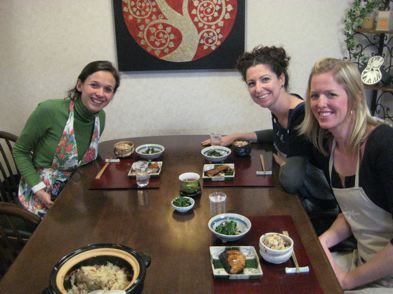 If you like options, you will appreciate Elizabeth Andoh’s cooking schools, located in both Tokyo and Osaka. A Tokyo trained chef, consultant and cookbook author, Andoh offers a variety of experiences for the Japanese food fan.
If you like options, you will appreciate Elizabeth Andoh’s cooking schools, located in both Tokyo and Osaka. A Tokyo trained chef, consultant and cookbook author, Andoh offers a variety of experiences for the Japanese food fan.
The most hands-on cooking is found in a three-hour Washoku home-style culinary class, where a vegetarian menu is available upon request, and space is limited to six. The Tasting Programs are centered around either a particular ingredient, like tofu or green tea, or a holiday or festival like Japanese New Year. You’ll sample a dozen foodstuffs before enjoying a light meal inspired by the theme.
To get the inside scoop on where the locals shop, and finally learn what all those mysterious looking vegetables are, join one of the Market Tours. Spend a couple of tasty hours with a Japanese food expert, weaving through local supermarkets, department stores and neighborhood markets in both touristy and more off-the-beaten path locations.
For more information, visit www.tasteofculture.com.
Text and photos by Rachel Belle Krampfner for PeterGreenberg.com.
For more on travel in the region, don’t miss:












